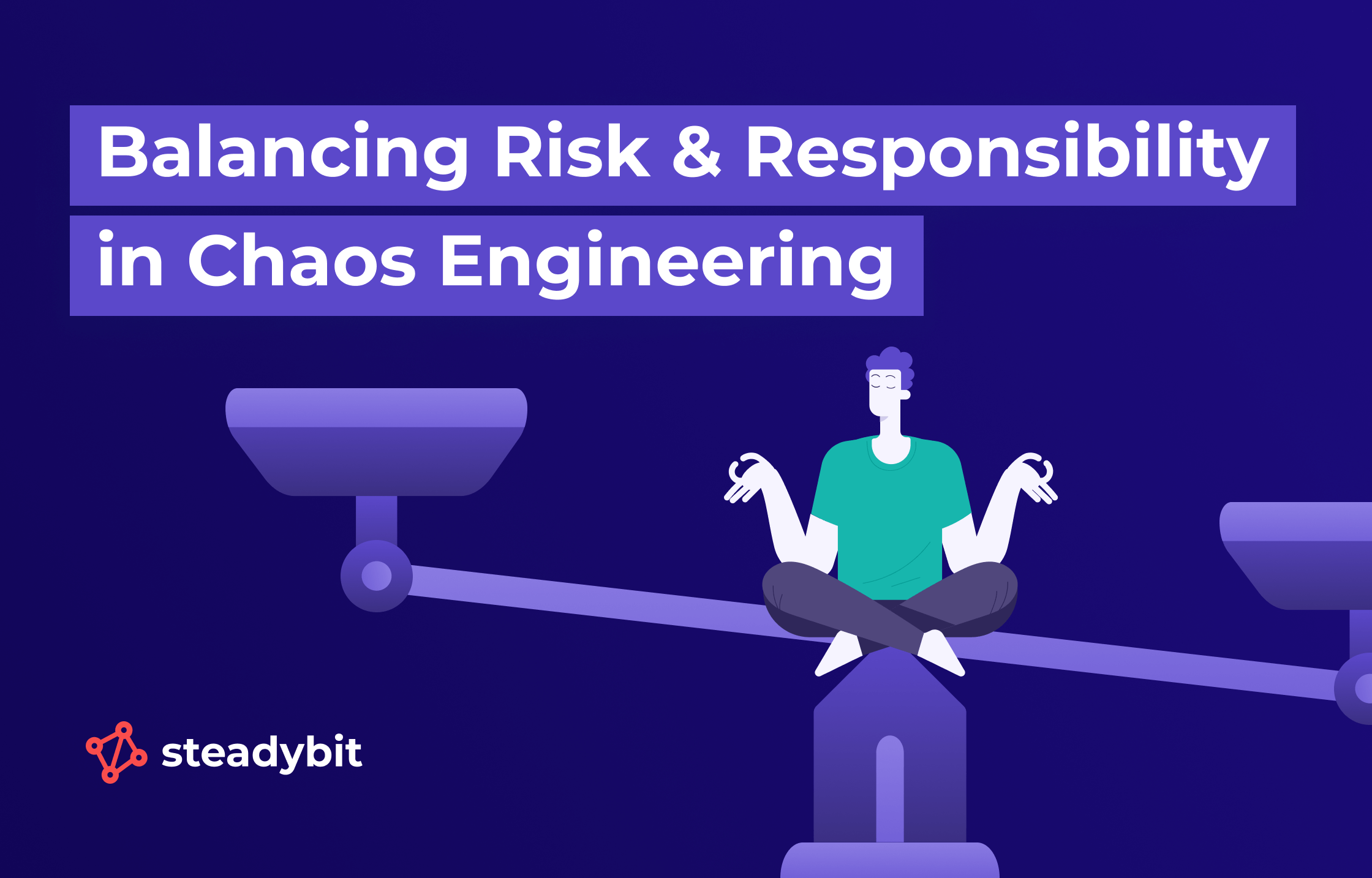5 Key Ethics Principles of Chaos Engineering: What You Need to Know

Responsible Chaos Engineering Starts with Boundaries
Systems experience better pressure testing through chaos engineering methods which helps teams understand their behavior under duress. Without proper organization chaos engineering operations lead to more destructive results than positive outcomes. A successful testing process relies on organized preparation and defined boundaries and effective information sharing between teams.
1. All testing operations require pre-defined boundaries before starting execution
You need to determine the testing objectives and risk tolerance before conducting any assessment. Start small. Schedule tests during quiet hours. The recovery procedures must be prepared in advance together with their corresponding rehearsal protocols. System stability remains the main priority during the process of weak point detection.
All tests must be designed to have minimal impact while remaining deliberate and maintain a clear rollback process.
2. Exclude Real User Data
Tests that involve sensitive data must be excluded from execution. Use fake data, anonymized inputs, or synthetic records. The handling of real data must conform to all applicable regulations that include GDPR, HIPAA and CCPA. Users need to receive explicit consent for all testing procedures.
Avoid shortcuts. Privacy should never be compromised.
The team requires access to the entire testing plan at all times.
Every team member must receive full understanding of planned testing activities together with test schedules and expected outcomes. Share the plan early. Allow your team members to voice their worries and present alternative solutions.
Team members who stay informed will be prepared for emergency situations that may require intervention.
3. Users Need Notification When Their Experience Will Be Affected
Users will not see the results of some tests because they are not visible to end users. Some tests will result in performance slowdowns and system timeouts as well as unorthodox system behavior. Any planned user interaction demands early notification to the affected parties. Users require basic details about your testing activities together with specific timing information.
After the test, follow up. The team should learn from test results which will lead to improvement through specific actions.
All testing activities require a well-defined objective before they can proceed.
Every concept does not require physical implementation. All experiments which risk essential systems or generate excessive disturbance beyond their purpose should be avoided. The testing should focus on developing scenarios that serve both engineering and business objectives.
Successful chaos testing depends on identifying situations when testing should be avoided.
4. Learn and Refine
Each experiment should produce something useful. Document all successful and unsuccessful elements of the process together with guidelines for process enhancement. Share those findings. The collected information will help modify your testing approach and enhance your tools.
Consistency builds maturity. The practice of chaos testing transforms from being dangerous to becoming dependable throughout multiple testing periods.
5. Use Tools That Support Structure
The Steadybit platform enables teams to execute controlled experiments through its interface. Your organization can establish boundaries while tracking effects and gaining knowledge from each execution through this system which minimizes unnecessary risks. The tool enables multiple testing repetitions while making it simpler to distribute results to other users.
System reliability emerges from systematic and disciplined testing processes.
Planned and intentional execution makes chaos engineering successful. The teams which document their findings and plan their experiments with care will gain the most benefits from the process. They catch problems earlier. They fix them faster. The systems they develop maintain their strength when facing high-pressure situations.
The investment leads to positive outcomes. Not with noise, but with confidence.